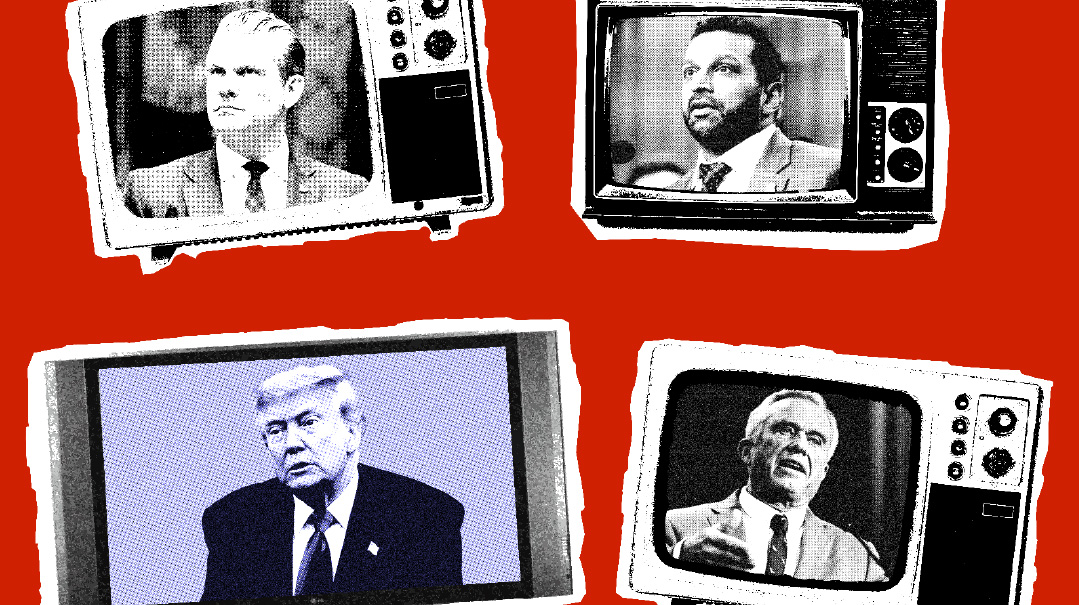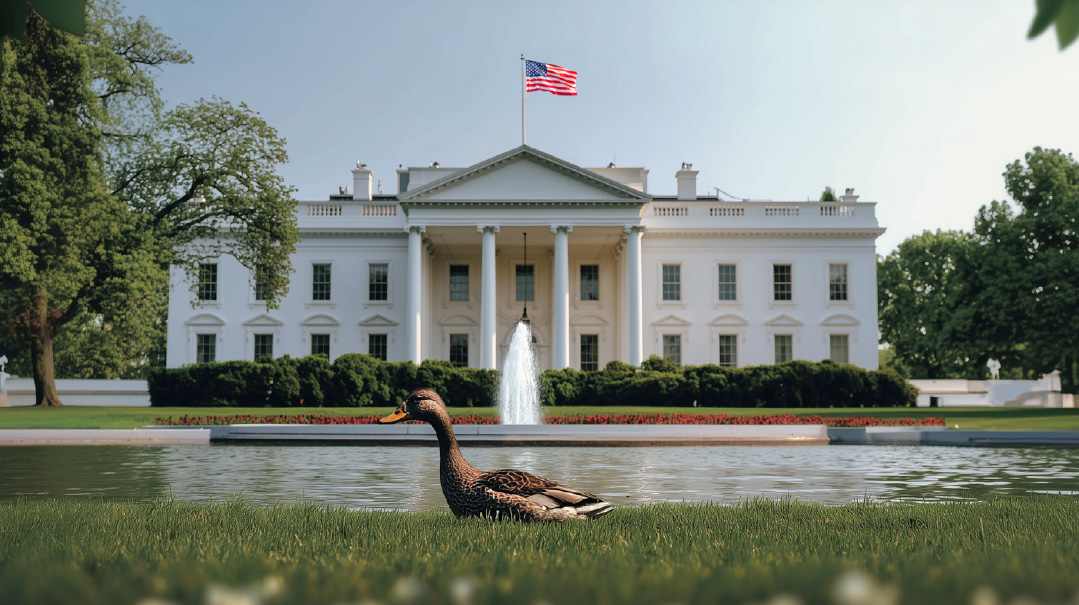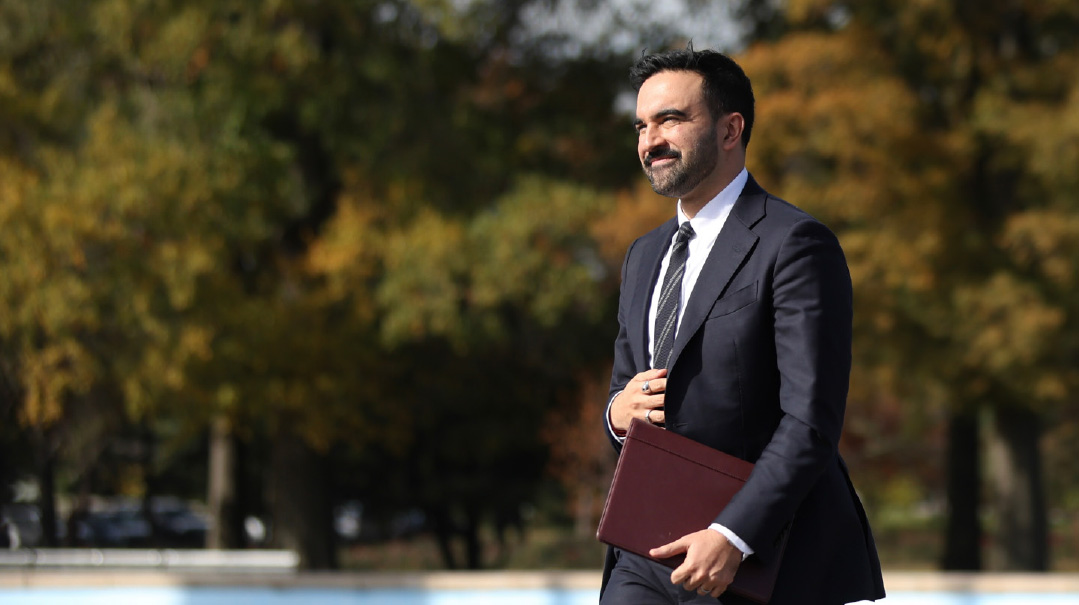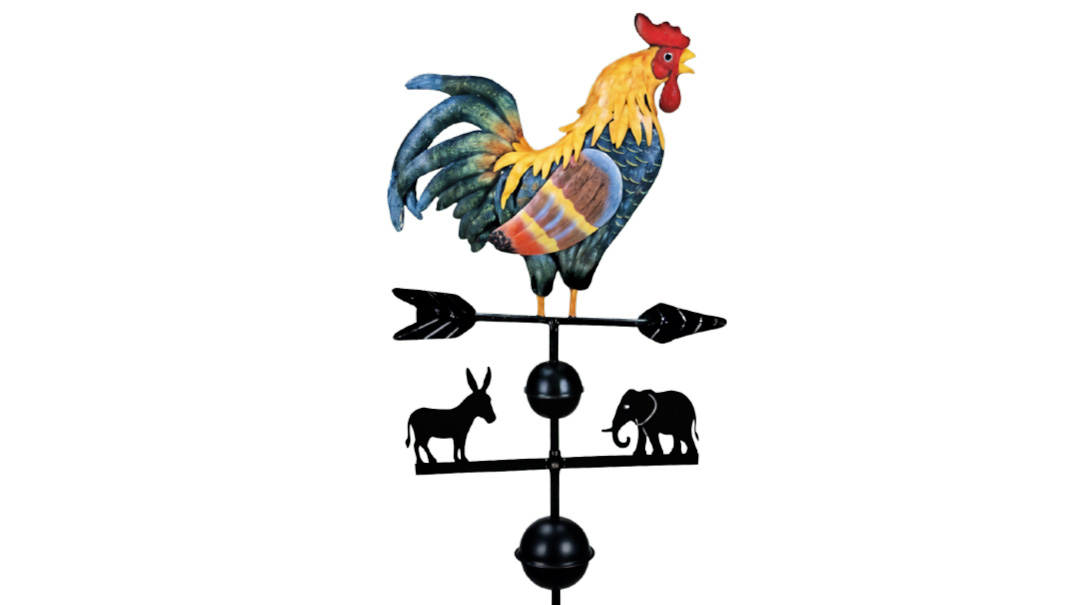Flip-Flopping? Or Deal-Making?

An insider’s guide to politics
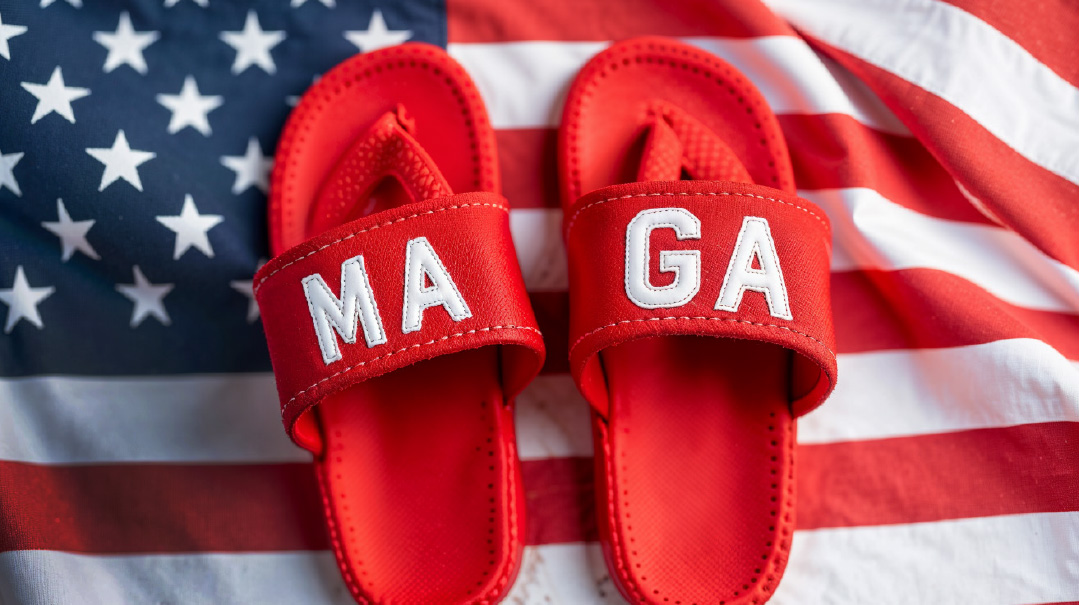
IN the 2004 presidential campaign, Democrat John Kerry was accused of being a flip-flopper — one who changes his positions on political issues, seemingly to suit the moment. Most voters didn’t want that in their potential president. The label stuck to him and may have cost him the election.
Now that term has come up in relation to our current president. In the past month, Donald Trump has flipped and then flopped on a variety of key issues. Trump announced tariffs on Mexico and Canada and then delayed or pulled them back. Trump denounced Volodymyr Zelensky and then made up with him, then denounced him again. Trump has been all over the map on the budget, federal cuts, and taxes.
The back and forth on economic issues is causing the most chaos. Markets are responding negatively, executives are panicking… which leads to so many questions. Why has Trump adopted this bewildering strategy? Is it working? Will it continue? Lastly, will the American people have confidence in this approach?
To answer these questions, we must dig deep into how Trump thinks about “the art of the deal.” We can glean some insights from his 1987 memoir by the same name.
Why?
“I never get too attached to one deal or one approach. For starters, I keep a lot of balls in the air, because most deals fall out, no matter how promising they may seem at first.”
—The Art of the Deal
Trump believes that bringing people to the table requires an open-minded approach. This could be what we are witnessing as political flip-flopping. To outsiders it may appear baffling, but many who understand Trump’s thinking have told me that this strategy of changing goals and negotiating positions allows him to remain in control and ultimately reach the best deal.
Is It Working?
“My style of deal-making is quite simple and straightforward. I aim very high, and then I just keep pushing and pushing and pushing to get what I’m after.”
—The Art of the Deal
If you ask stock analysts, they’ll say this strategy is going terribly. Executives I have spoken to are universally nervous. They don’t understand where the economic policy will ultimately end up. They want stability; business thrives when it knows what’s happening next. President Trump would tell us that he is simply trying to get the best deal by pushing as hard as he can in all directions. Outside the White House, there is trepidation that on these key policies, the definition of what a “win” or “good deal” looks like is too vague.
Will It Continue?
“The worst thing you can possibly do in a deal is seem desperate to make it. That makes the other guy smell blood, and then you’re dead.”
—The Art of the Deal
Trump isn’t concerned about the market reaction, and he isn’t concerned about outside critics calling him a flip-flopper. I think this continues until Trump feels that he gets the best deal — whether with the federal government, Canada and Mexico, or Congress. Everyone who I have spoken to says that Trump feels confident in his approach and will continue as long as he feels there is still an opportunity to cut the best deal.
Do Americans Support It?
Americans like to know where they’re going. The biggest issue with Trump’s current strategy is that an approach that quickly reverses course creates confusion, not confidence. That leads to fear and then to panic. The word “recession” is coming up more and more. Without a clear end-goal, Americans will continue to be nervous.
Bottom Line: Trump must either cut to the chase soon or give clarity on what a “good deal” will look like, so he doesn’t appear to simply be flip-flopping.
POLITICAL INTEL
Rahm Emanuel, Pete Buttigieg, and Steve Bannon are considering running for president in 2028!
I don’t know what I’m doing in four months, let alone four years. But these three men are apparently already making plans. The word I’m hearing is that these announcements and rumors are coming so early because it’s great for raising a profile, but there are no concrete plans. Everybody in political circles is ignoring these, and so should you.
FEARLESS FORECAST
Scorecard
Bad Pick: I’m already getting nervous about my Vivek Ramaswamy pick. I predicted he wouldn’t be the front-runner for Ohio governor. But a new Bowling Green State University poll puts him at 61%. His name ID is massive and may be hard for opponents to overcome. Vivek could well prove me wrong.
Good Pick: I forecast that crypto would continue to be a big story because of the prolific political activity and organizing around the issue. I was rewarded this week when the Senate Banking Committee advanced “stablecoin” legislation for the first time. The crypto industry is a growing power in Washington, DC.
This Week’s Picks:
The Senate will move out of reach for Democrats in 2026. Senator Jeanne Shaheen of New Hampshire has just announced her retirement — the third Senate Democrat to do so in a month. It bodes very poorly for Democrats’ chances of reclaiming the Senate. All the seats up in 2026 are competitive. The Democrats could lose even more seats in 2026, despite a favorable midterm.
Democrats win the Virginia gubernatorial election. This is an early prediction for a November race. Here’s my thinking: Democrats have already coalesced around a candidate, while Republicans are still competing. Virginia is home to many federal government workers who are not happy about the DOGE cuts. I don’t see the Republicans winning this state house.
(Originally featured in Mishpacha, Issue 1054)
Oops! We could not locate your form.

